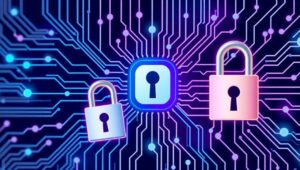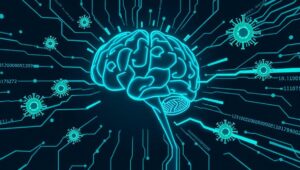May 19, 2025
The Impact of Quantum Computing on Secure Data Storage (Beyond 2027)
The Quantum Leap in Data Storage Security: Navigating the Post-2027 Landscape As we advance further into the 21st century, the specter of quantum computing looms large over the field of data security. While still in its nascent stages, quantum computing possesses the theoretical capability to break many of the encryption algorithms that currently safeguard our digital world. This article delves into the anticipated impact of quantum computing on secure data storage beyond 2027, exploring the challenges and potential solutions that lie ahead. The Quantum Threat: A Clear and Present Danger Classical computers, the workhorses of today’s digital infrastructure, store information












